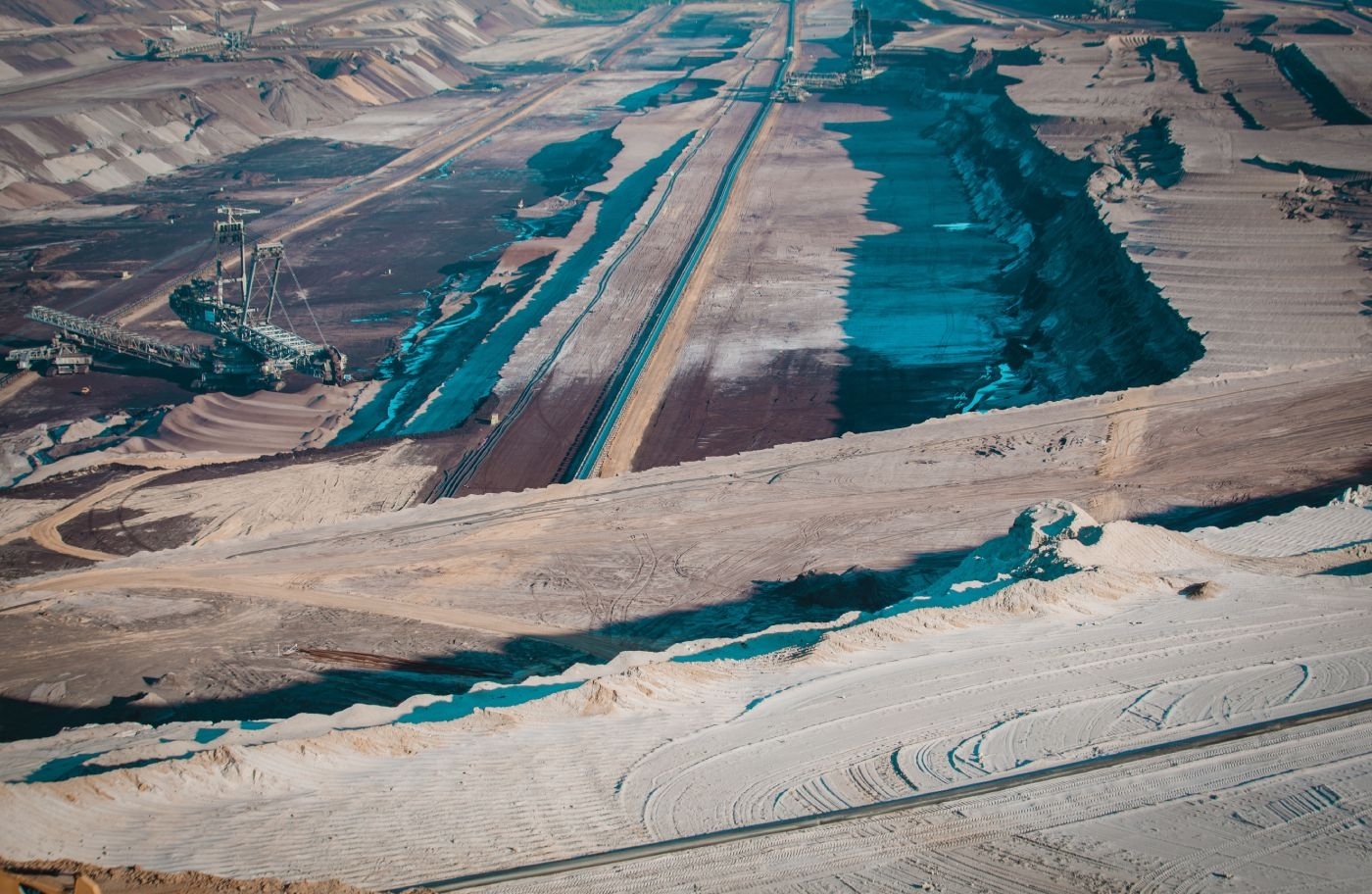
Under the Spotlight AUS: Core Lithium (CXO)
The world is changing, powered by technology. But technology must be powered by something, and a lot of investors are betting on lithium-based batteries. Under the Spotlight this week we have Core Lithium, one of Australia’s lithium miners that is closest to production.
The name Core Lithium is familiar to those who watch our biweekly interview with ausbiz – it’s almost always in the top five purchased or sold companies on Stake AUS. What you might not know is Core Lithium started as Core Exploration, founded in late 2010 for the purpose of mining copper and uranium in South Australia. The company initially raised $5m at $0.20 per share and, unfortunately for shareholders, the stock didn’t reach its IPO price again until December 2020. So what happened?
Uncovering Lithium
On 14 November 2018, Core Exploration shed its skin and became the Core Lithium we know today. The name change was meant to emphasise the company’s shifting focus, away from copper and uranium and towards lithium, almost exclusively (that doesn't mean Core Lithium isn't still a top uranium stock on the ASX). The shift can be traced back to 2016, when lithium was first discovered at Finniss in the Northern Territory – a project located just 88km by road from Darwin port, one of Australia’s largest export ports.
Core Lithium rapidly advanced its new lithium focus, and in 2019 it released a definitive feasibility study (DFS) forecasting production of 175,000 tonnes per annum (tpa) at a cost of US$300 per tonne, costing US$50m in capital expenditure (capex). But the market was not yet impressed. In fact, the stock ended 2019 down almost 50% at $0.04 per share.
So if lithium wasn’t the reason behind the stock’s rally back to its IPO price in late 2020, what was? Gold. In December 2020 Core Lithium announced extensive gold-in-soil anomalies (a fancy way of saying minable quantities of gold) at the same Finniss project. This gold discovery is why we said ‘almost exclusively’ before.
Golden bumps aside, lithium is what drove the stock to be valued in the billions. Even though an updated study downgraded the tpa at Finniss to 173,000 in 2021, lithium’s massive rally still saw the CXO share price end the year above $0.85. This performance sees Core Lithium in our list of top lithium stocks on the ASX.
Betting On The Age Of Lithium
Whether it’s to store electricity for the power grid, your car, cell phone etc, based on current technology you’re going to need lithium. The current leading battery type is known as lithium-ion. And as the world becomes more and more electric, batteries are projected to become more important than ever. Just this week, Dodge ($FCAU) announced it was ending production of its most well known muscle car, the Charger, as it focuses on electric vehicles (EVs). For these reasons, demand for lithium is projected to grow almost 10x from 2019 to 2030, according to research conducted by Statista and published last March.
These expectations are why the commodity’s price has increased by almost 5x over the last five years, explaining the nickname ‘white gold’, with the rally expected to continue (check out The Wrap: Lit). Still, the market is making one major assumption: that the future of batteries is lithium-based.
Lithium-ion Under Threat
According to S&P Global Market Intelligence, lithium-ion battery packs cost US$156 per kilowatt hour (kWh) in 2019. Why is this important? At US$100 per kWh, most experts believe EVs will reach cost parity with petrol and diesel vehicles. While some battery packs are below US$100 already, the key here is the average, and BloombergNEF estimates this will be achieved in 2024.
Sounds great, but US$100 per kWh is also understood to be at the limit of lithium-ion battery technology’s capabilities. Venkat Viswanathan, Associate Professor in the Department of Mechanical Engineering at Carnegie Mellon University, has gone on record saying he forecasts lithium-ion battery prices could still decline by 20% to 30%, but won’t get much lower. While the exact point where the technology will hit a wall is up for debate, Professor Viswanathan’s point is widely accepted. Lithium-ion battery technology will get us to the tipping point, but no further.
The risk for Core Lithium is in what might take lithium-ion’s place. The good news: one of the top contenders seems to be a different type of lithium-based battery, like the lithium-sulphur technology being developed by Li-S Energy ($LIS). However, the alternative seems to be graphene-based, like the graphene-aluminium-ion technology under development by Brisbane-based Graphene Manufacturing Group (TSXV: GMG).
Fortunately for CXO, this is more of a long-term risk and the candidates for lithium-ion’s replacement are still a few years away from becoming viable. Something to keep an eye on.
Core Focus: Production
As of August 2022, Core Lithium forecast it would begin shipping lithium from the Finniss project in Q4 2022. Operating costs are now estimated at US$423 per tonne, while the mine life has been updated from 8 to 12 years. Considering the spot price as of 30 June 2022 was US$6,625 per tonne and Core Lithium already has offtake agreements with Ganfeng Lithium, Sichuan Yahua and a binding term sheet with Tesla ($TSLA), it’s no surprise the market has priced CXO in the billions.
This does not constitute financial advice nor a recommendation to invest in the securities listed. The information presented is intended to be of a factual nature only. Past performance is not a reliable indicator of future performance. As always, do your own research and consider seeking financial, legal and taxation advice before investing.

